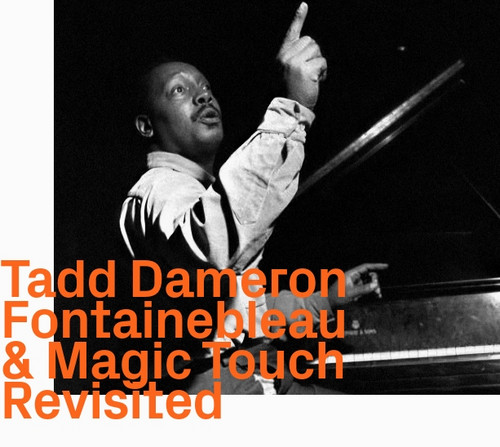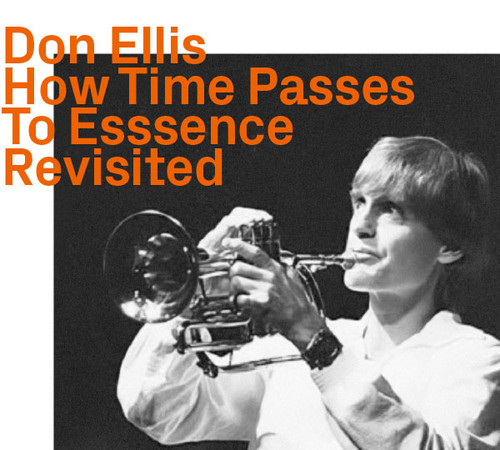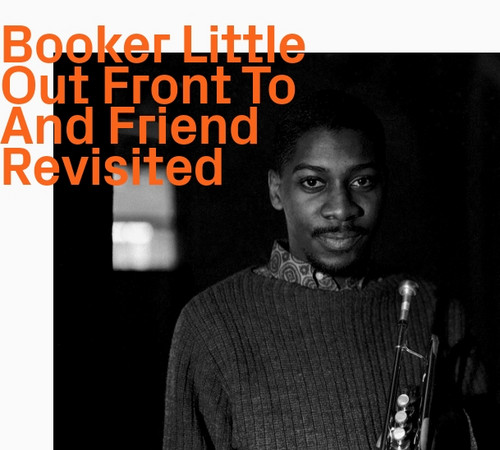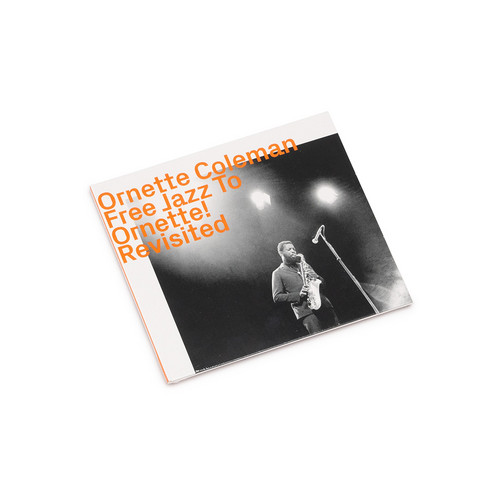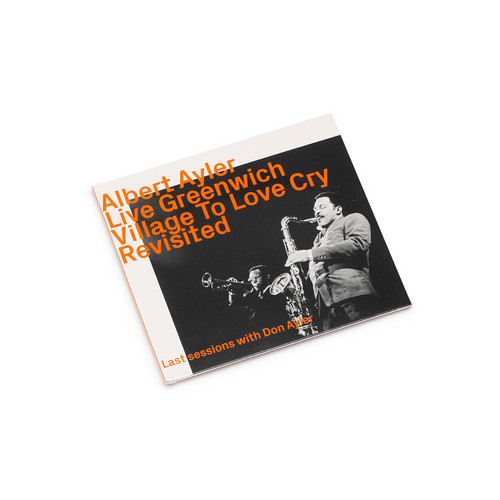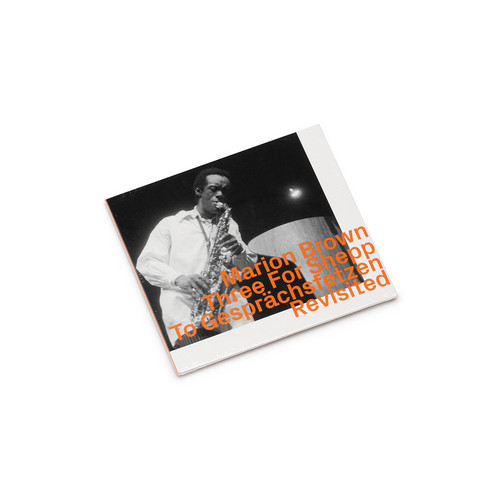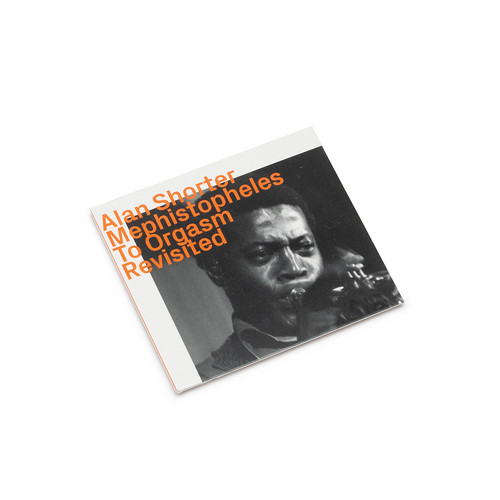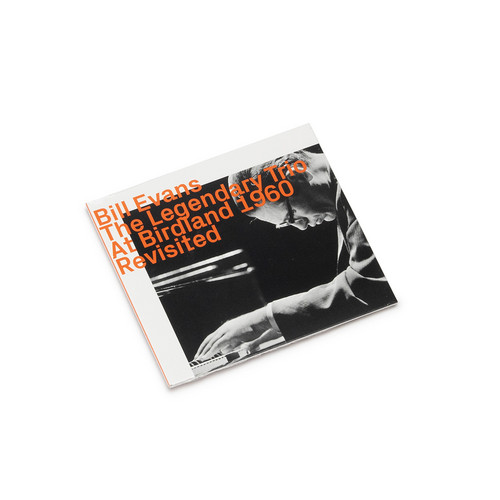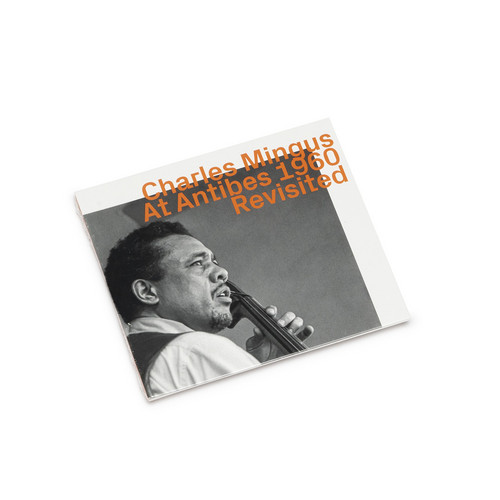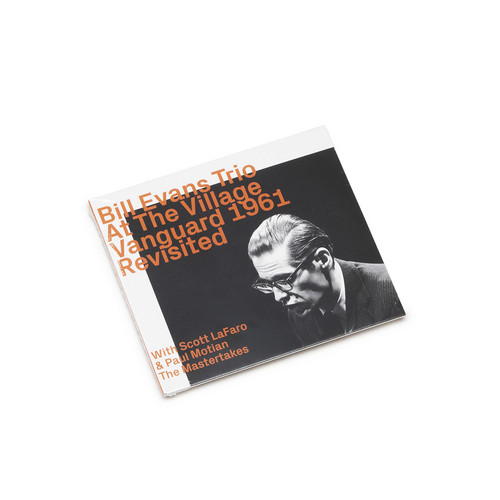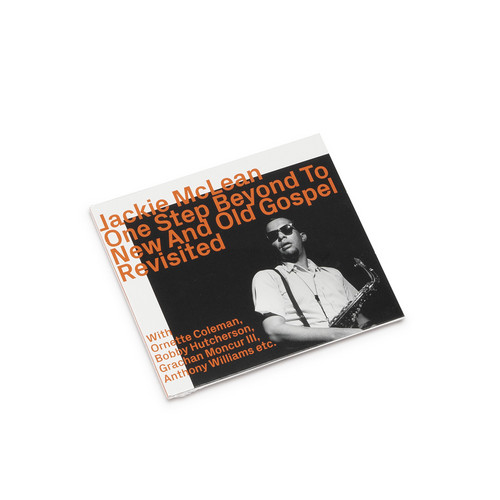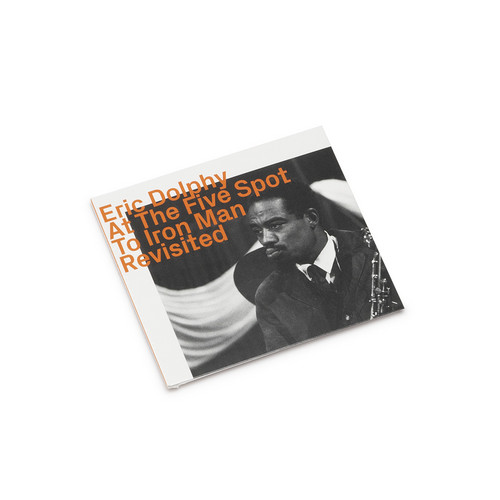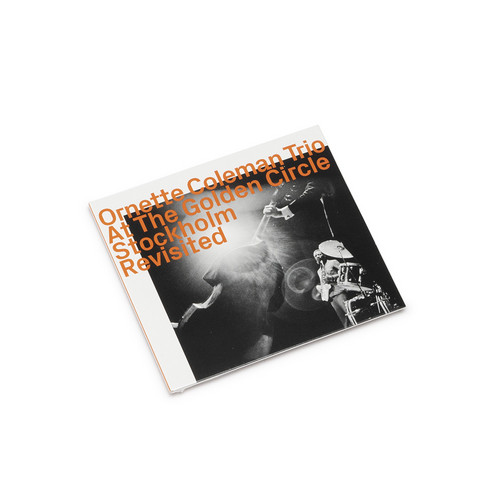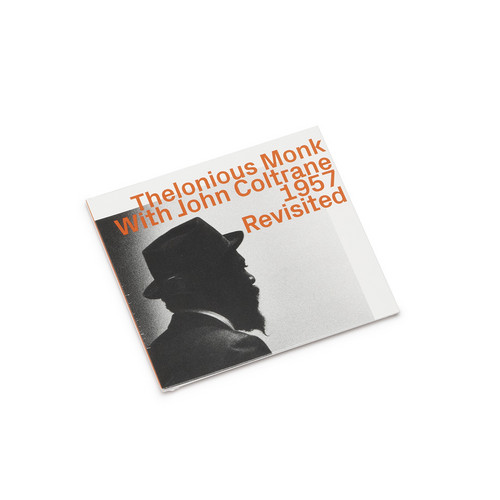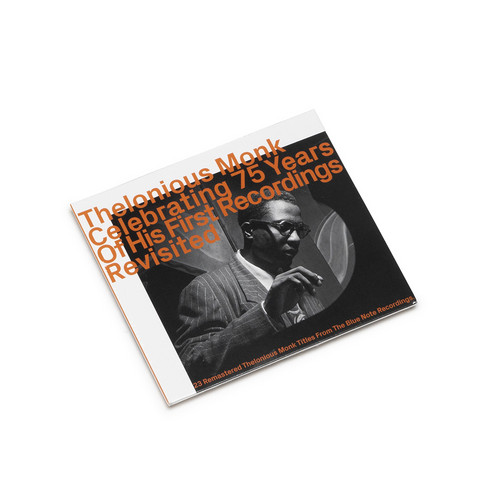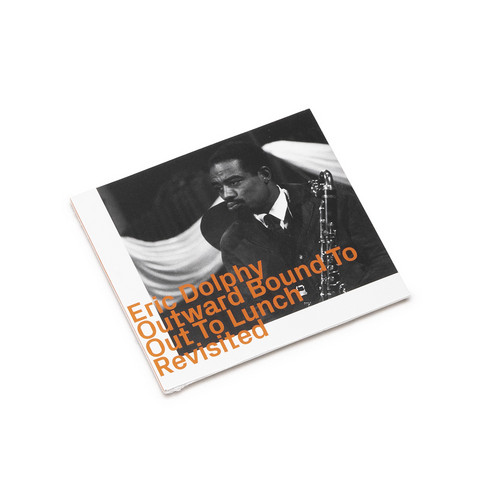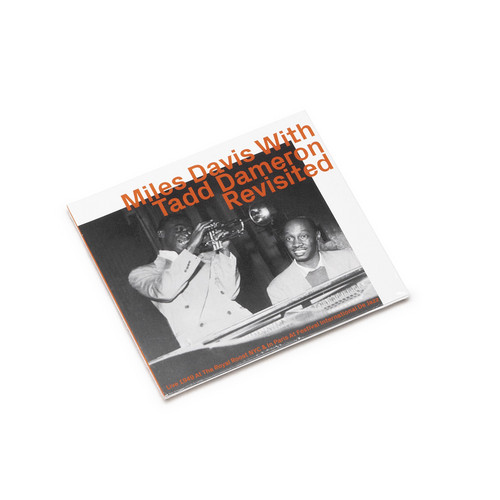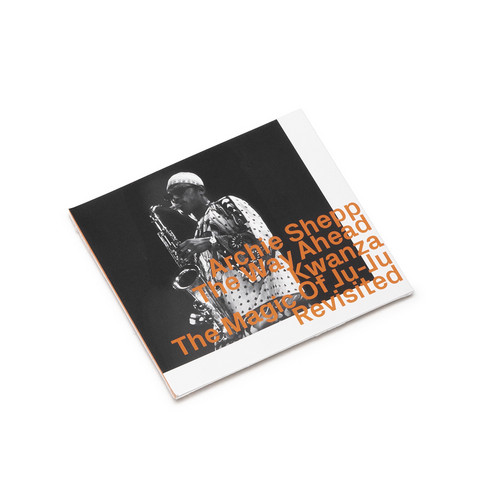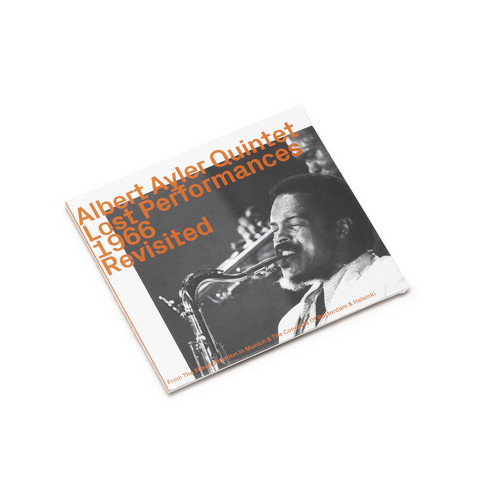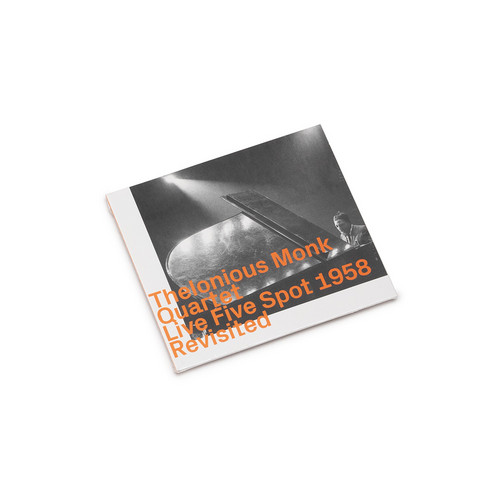New Arrivals / Last 4 weeks
Fontainebleau & Magic Touch "Revisited"
"Tadd Dameron remains better known and more widely admired among fellow musicians than with the record-buying public, and yet most will know at least some of his sophisticated compositions: “Lady Bird”, “On A Misty Night”, “If You Could See Me Now”. A thoughtful manner and an early death conspired to keep his reputation somewhat subdued. Here is an opportunity to hear two of Dameron's best recordings in modern sound. An intelligent rather than dramatic player himself, he nonetheless deserves…
How Time Passes To Essence "Revisited"
"...How Time Passes... and Essence were issued at a time when jazz history was being made practically on a monthly basis. There are a few reasons why they became submerged in the tsunami of groundbreaking albums released in the first years of the 1960s. For starters, Candid and Pacific Jazz simply did not have the market clout of Atlantic, Impulse, and other labels. Furthermore, Don Ellis’ music differed significantly from that of the avatars of free jazz, occupying a space between contemporar…
Out Front To And Friends „Revisited"
"The material on From Out Front To Booker Little And Friend Revisited is Little’s collective chef d’oeuvre. It is exploratory but also strewn with retentions from tradition. The dense yet sonorous dissonance, the graceful tempo and metre shifts, the extended forms that give equal weight to composed and improvised sections, together these „alter the present“ and „direct the past“." – Chris May
Free Jazz to Ornette „Revisited“
Free Jazz: A Collective Improvisation is an album by the jazz saxophonist and composer Ornette Coleman. It was released through Atlantic Records in September 1961: the fourth of Coleman's six albums for the label. Its title named the then-nascent free jazz movement.
About Ornette! Brian Olewnick commented that Coleman is found "plumbing his quartet music to ever greater heights of richness and creativity," concluding that the album was "a superb release and a must for all fans of Coleman and cr…
Live Greenwich Village To Love Cry „Revisited“
"The two reissues presented herein include the last sessions that Donald would record with his brother, bookending a turning point in Ayler’s music. The Village Theater sessions, from late 1966 and early 1967 (the latter without Donald) mark, arguably, a high point in his work to that date, where the musical ecstasy he sought was as close to realization as he ever achieved – and new avenues may have been opening up – whereas ‘Love Cry’, from the summer of 1967, indicates at least partially a piv…
Three For Shepp to Gesprächsfetzen „Revisited“
"Marion Brown was already defying categorisation in 1966 when he recorded Three For Shepp, whose six tracks open Three For Shepp To Gespächsfetzen Revisited. Brown’s opening “New Blues” and Archie Shepp’s closing “Delicado,” though compelling,are relatively orthodox expressions of mid 1960s NewThing. The four tracks they bookend, however, are distinctive even today. Brown’s exquisite “Fortunato,” though it sounds like nothing Pharoah Sanders ever wrote, inhabits similarly pretty terrain as Sand…
Mephistopheles To Orgasm (Revisited)
“He was nomadic. The strongest and most lasting thing you can say about Alan is that he was
an original, as original as you can get. He didn’t want any academic guidelines to equip him to
reinvent the wheel. If he saw something like that, he’d go the other way.” – Wayne Shorter
The Legendary Trio At Birdland 1960 (Revisited)
Temporary Super Offer! "This Revisited disc chronicles the trio in transition. Formed in autumn 1959, the group recorded its debut album in December. Following a coast-to-coast tour, it opened at Birdland in March 1960, when the first five tracks here were recorded on two separate dates. Already cooking, by the time of the April and May recordings the trio was touching on the interactive magic heard on ezz-thetics’ At The Village." – Chis May
At Antibes 1960, Revisited
Temporary Super Offer! "Mingus the visionary composer. Mingus the virtuoso bassist. Mingus the volcanic bandleader. As the 1960s began, with the new decade bringing a radically expansive new view of the possibilities of jazz expression, Charles Mingus, by virtue of his brilliantly nonconformist creative imagination, willingness to take risks along experimental paths, and (because of, or in spite of) an oft-times confrontational rebellious nature, had established himself among those in the forefr…
At The Village Vanguard 1961, Revisited
'Mention of Motian and LaFaro brings us to this disc, perhaps belatedly. But other than observing that the music is presented here following immaculate and unprecedented sound restoration, what more needs to be said about it? What more, usefully, can be said? The performances are as close to perfection as makes no difference, and as close to immortality, too, and if you are still reading thesenotes, you will not need to be told why.' – Chris May
Executive producer’s notes: 'Once you start to …
One Step Beyond To New And Old Gospel (Revisited)
Temporary Super Offer! "One Step Beyond is rightly seen as a pivot point in Jackie McLean’s evolution, but its adventurousness was not without precedent. As A.B. Spellman noted in Four Lives in the Bebop Business, “Quadrangle” – the opening track for 1959’s Jackie’s Bag; it was first recorded as “Inding” for Lights Out!, a 1956 Prestige date – “involved an elaborate group construction that [McLean] was afraid was too far-out,” so he used “I Got Rhythm” changes to mainstream it, which he later re…
Eric Dolphy At The Five Spot To Iron Man (Revisited)
Temporary Super Offer! "Eric Dolphy’s legacy is well represented by these performances from The Five Spot and the sessions supervised by Alan Douglas. They confirm him to be an artist who straddled the divide then so deep in jazz, drawing sustenance from the music’s past as he cleared a path to its future. Dolphy’s was a sensibility that could celebrate Fats Waller and honor Jomo Kenyatta, its inclusiveness rare in the polarized early 1960s. Fortunately, his example has not simply endured, bu…
At The Golden Circle Stockholm (Revisited)
Temporary Super Offer! "For the followers of Ornette Coleman’s music, 1963 and 1964 were the lost years. His final session for Atlantic Records, Ornette on Tenor, was in March 1961, and though he played sporadic club dates in ’62, his self-produced Town Hall concert in December was to be his last significant appearance until he accepted a Village Vanguard gig in January 1965. The reasons for this hiatus, apparently, were personal, economic, philosophical, pragmatic, and artistic, all at the same…
Thelonious Monk With John Coltrane 1957 (Revisited)
Temporary Super Offer! “Working with Monk brought me close to a musical architect of the highest order. I felt I learned from him in every way – through the senses, theoretically, technically. I would talk to Monk about musical problems and he would sit at the piano and show me the answers just by playing them.“ – John Coltrane
Celebrating 75 Years Of His First Recordings
Temporary Super Offer! Thelonious Monk devised a new theoretical basis for his compositional aesthetic, an unorthodox, deconstructed and reinvented pianistic approach that defined his music’s unique rhythmic and melodic parameters. The piano was the vehicle of expression for his compositional mindset. - Art Lange
Eric Dolphy Outward Bound To Out To Lunch Revisited
Temporary Super Offer! In his comprehensive 1966 Jazz Monthly article, “Eric Dolphy,” Jack Cooke reported that the advance buzz aboutduet passages for bass clarinet and bass, “Something Sweet, Something Tender” approximated the hinge-like ballads that were a perennial feature on Blue Note A sides. Given its dedicatee – the flutist renowned for recording works like Varèse’s “Density 21.5,” which Dolphy performed at the Ojai Festival in 1962 – “Gazzelloni” is surprisingly boppish, ending the side w…
Miles Davis with Tadd Dameron Revisited
"In the spring of 1949, the music was ready to undergo a transformation. Both Miles Davis and Tadd Dameron were experimenting with their larger groups, but they were also presented with the opportunity to travel to Paris, to present a programme of new music at an international jazz festival there." - Brian Morton
The Way Ahead - Kwanza - The Magic of Ju-Ju, revisited
Temporary Super Offer! Allow me to expand on a much restated quote from Albert Ayler: "Coltrane was The Father, Pharoah was The Son, and I was...The Holy Ghost.” If we remain with the Christian iconography, that makes Archie Shepp, Simon Peter, or the Apostle Peter whom Jesus called the rock upon which he built his church. Christened by his tenure in the early 1960s with Cecil Taylor, Shepp was baptized into what we now call a modernist approach. In meeting Coltrane, a man always searching for a…
Lost Performances 1966
Temporary Super Offer! "Rare performances and concerts. The Sound of the Munich Filmprodction and the concert of Helsinki are first releases. The Rotterdam concert was available in the Holy Ghost bootleg box." – Werner X. Uehlinger. "Albert Ayler’s late 1966 tour of northern Europe was, happily, well documented in one way or another, though not always with the best sound quality, something this reissue series is attempting to address (and doing very well). The recording at hand includes 3 tracks…
Thelonious Monk Quartet: Live Five Spot 1958, Revisited
Temporary Super Offer! Johnny Griffin came to Thelonius Monk with a reputation as a speed demon – double-timing the tempo was his default mechanism, elaborating melodies with a mixture of mellow swing and complex bop phrasing. Their contrasting nature – Griffin’s fluid extravagance and Monk’s percussive dissections – intensified by Roy Haynes’ forceful divisions of the beat, generate a tension unlike any of Monk’s subsequent groups' – Art Lange
